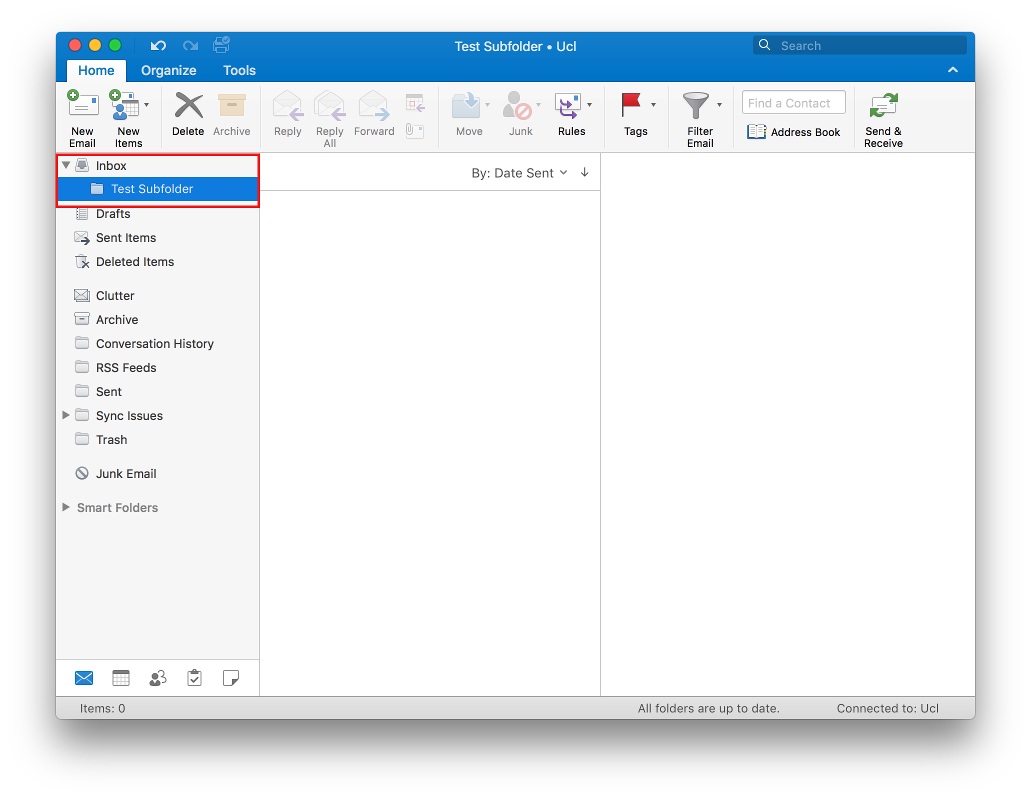

- HOW TO CREATE NEW ARCHIVE FOLDER IN OUTLOOK 2016 HOW TO
- HOW TO CREATE NEW ARCHIVE FOLDER IN OUTLOOK 2016 OFFLINE
By default, Outlook 20 store PST files in your AppData folder at the following location: C:\users\ username\AppData\Local\Microsoft\Outlook Where Outlook saves your data files depends on the version of Outlook you’re running.
HOW TO CREATE NEW ARCHIVE FOLDER IN OUTLOOK 2016 OFFLINE
Exchange accounts may even use both an OST file for offline access and a PST file for data backup. Gmail,, and other webmail hosts will get an OST file instead. This means your data will be stored in a PST file if you’re using a standard POP3 or IMAP account, or an Exchange account where offline storage is not configured. The idea is that you can still interact with the messages stored in the OST file when you are disconnected from the email server–such as when you have no internet–and then when you reconnect to the server again, Outloook syncs everything up.

OST files are the same format as PST, but are generally used as temporary offline storage of email for Exchange servers and for webmail hosts such as Gmail and. ost extension in your Outlook data folder. Occasionally, Outlook will offer to archive your old emails to help alleviate this problem and just so that you have fewer old items to wade through as you go about your day. If you’ve used Outlook for any length of time, you’ve likely heard of PST files. Each email account you set up in Outlook gets its own database in the form of a personal storage table (PST) file, where emails, calendar items, contacts, and reminders are all stored. The data in a PST file may or may not be compressed and encrypted, depending on your settings.You may notice that Outlook slows down as more data is stored in your PST file.
HOW TO CREATE NEW ARCHIVE FOLDER IN OUTLOOK 2016 HOW TO
RELATED: How to Add Your Gmail Account to Outlook Using IMAP What Is a PST file? But if you want to ensure the files are getting backed up or you want to move them to another hard drive to save space, here’s how to find and work with them.

It also provides a solid calendar and reminder system that are well integrated. Most of the time, you won’t need to bother with where your Outlook data files are located. It always provided good support for regular POP3 and IMAP accounts, but has also made a lot of progress in recent years at playing well with email services like Gmail and. Outlook also works well for personal use. Outlook is still one of the best desktop email clients for Windows and is the de facto client in most businesses that use a Microsoft Exchange email server.


 0 kommentar(er)
0 kommentar(er)
